3D Cell Culture - your 6-Step guide to success
Why 3D Cell Culture? Why Organoids?
Traditional 2D cell culture has been the foundation of modern biology for decades, but cells in flat monolayers behave very differently from those in a living organism. They lack the natural interactions that shape physiology, disease progression, and therapeutic response.
3D cell culture and organoid systems overcome these limitations by providing a more in vivo–like environment, delivering data that is more predictive and relevant for applications such as drug discovery, disease modeling, regenerative medicine, and functional genomics.
SZABO-SCANDIC supports every step of this journey with a comprehensive portfolio - from DNA preparation and transfection to matrices, plates, devices, growth factors, and advanced assay solutions - guided by our expert team to help you choose the right tools for your research.
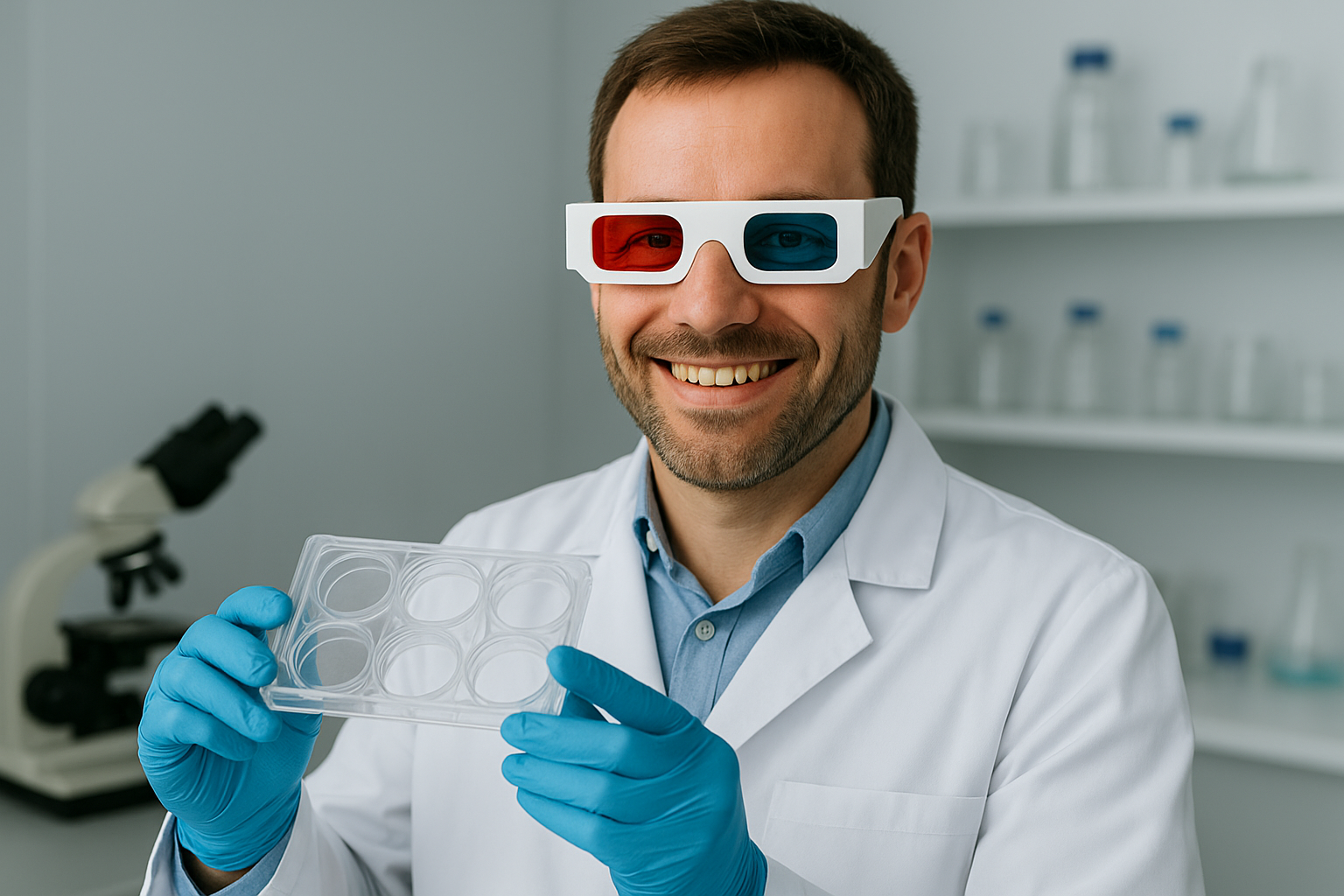
The 6-Step Guide to Start Your 3D Journey
Step 1: Prepare DNA & Transfection
High-quality DNA is the foundation of every successful 3D culture experiment.
With ZymoPURE™ Plasmid Purification Kits, you can isolate transfection-grade, endotoxin-free plasmid DNA in as little as 16–18 minutes. The streamlined workflow delivers higher yield, superior purity, and faster turnaround compared to conventional kits.
Fast: Midi/Maxi preps in under 20 minutes
High Yield: Up to 3 mg from a single prep
Ultra-Pure: ≤0.025 EU/µg endotoxin, optimized for transfection
Flexible: Miniprep to gigaprep, spin column or 96-well formats
Request a free sample and experience how ZymoPURE™ redefines plasmid purification for your 3D research.
Step 2: Choose Your Cell System (iPSCs / ESCs, primary cells, or established lines)
Organoid and 3D models often rely on stem cell–based or carefully characterized primary cell systems. At Szabo-Scandic, we provide a broad portfolio from leading suppliers such as Lonza, Amsbio, and BPS Bioscience - giving you access to exactly the cell material that fits your research needs.
-
Lonza offers a wide selection of fully characterized human primary and stem cells, with options based on donor gender, age, health status, or disease background.
-
Amsbio provides specialized iPSCs, neural and cardiac cells, and advanced tools for regenerative medicine and disease modeling.
-
BPS Bioscience focuses on functional cell lines for oncology, immunology, and signaling pathways — ideal for assay development and drug discovery.
Whether you are working with human iPSCs/ESCs, primary cells, or robust established cell lines, our portfolio gives you the flexibility to design models that best replicate your biological system of interest. Our experts will help you identify the most suitable cells to build a reliable foundation for your 3D culture or organoid experiments.
Step 3: Transfection
With Lonza’s Nucleofector® technology and dedicated reagents, you benefit from state-of-the-art protocols, high efficiency, and broad literature support.
The Nucleofector® platform enables direct delivery of plasmids, RNA, or proteins into even hard-to-transfect primary cells and stem cells, while maintaining high viability. Tailored kits and optimized protocols are available for more than 700 different cell types, making it one of the most widely used solutions in advanced cell culture and organoid research.
Step 4: Establish Your 3D Culture
Creating reliable 3D models starts with the right extracellular matrix and culture platform.
-
Corning Matrigel® Matrix – the gold standard for organoid culture, trusted in thousands of publications for disease modeling and drug discovery.
-
Corning BioCoat® Surfaces – pre-coated and standardized, saving time and ensuring consistency.
-
Corning Spheroid & Ultra-Low Attachment Plates – proven platforms for robust spheroid and organoid formation.
-
Corning Elplasia® Plates – innovative microcavity technology enables high-throughput, uniform spheroid generation in standard plate formats, ideal for long-term culture and reproducible results.
-
Amsbio iMatrix® Recombinant Laminin – animal-free laminin isoforms (such as Laminin-511, -332, -411) that provide a defined, xeno-free environment for stem cells and organoids. With nearly 500 publications, iMatrix is widely used for organoid expansion, pluripotent stem cell maintenance, and 3D differentiation.
-
Cell Guidance Systems Cell Guidance Systems PeptiGel® – synthetic peptide hydrogels, fully defined, animal-free, and tunable for different stiffness and bioactivity needs.
To monitor and analyze your cultures, the Corning® Cell Counter with organoid software provides fast, automated cell and spheroid counting – helping you scale up your 3D workflows with accuracy and confidence.
Power your 3D research with the most trusted matrices, plates, and synthetic alternatives – all available from Szabo-Scandic.
Step 5: Differentiation & Organoid Formation
Driving organoid differentiation requires the right growth factors and niche signals. With defined pathways such as Wnt, Notch, BMP, FGF, and EGF, you can control lineage commitment, tissue specification, and maturation of your 3D cultures.
-
MedChemExpress (MCE) offers a comprehensive portfolio of GMP-grade recombinant proteins, small molecules, peptides, and culture kits for intestinal, brain, liver, lung, kidney, and tumor organoids. All products feature high purity, superior biological activity, and lot-to-lot consistency, ensuring reproducible results.
-
PODS® Sustained-Release Growth Factors by Cell Guidance Systems offer a breakthrough in long-term culture. Instead of frequent media changes, PODS® crystals continuously release bioactive proteins over extended periods - ensuring stable signaling, improving cell viability, and reducing variability in complex organoid cultures.
- Cryopreservation is critical to secure your valuable models. With Amsbio CELLBANKER® cryopreservation media, organoids and stem cells can be stored with exceptional post-thaw viability and morphology. Over 2,000 citations and multiple case studies confirm its role as the trusted solution for organoid freezing and recovery.
- Corning® Cryovials
complete the workflow with reliable, sterile, and safe storage of your frozen samples.
By combining high-quality growth factors with validated cryopreservation tools, Szabo-Scandic provides the complete solution to differentiate, expand, freeze, and recover your 3D organoid models with confidence.
Step 6: Maturation & Characterization
Once organoids are differentiated, the next challenge is to assess their maturity and functionality. High-quality data requires reliable morphology checks, functional readouts, and robust assays.
-
Morphology
With the Corning® Cell Counter, you can analyze organoid morphology quickly and reproducibly. The system features cloud-based image processing and organoid-specific counting software, enabling accurate size distribution, viability assessment, and growth monitoring. Researchers benefit from a streamlined workflow and avoid the variability of manual counting. - Functionality
Agilent® widefield microscopy and BioTek liquid handling systems provide powerful platforms for the functional characterization of organoids and 3D cell cultures. Widefield imaging enables high-content analysis of morphology, apoptosis, invasion, and other key endpoints directly in 3D models — delivering rich biological insights that go far beyond traditional plate readers.
Paired with BioTek washers and dispensers (e.g., 405 TS, MultiFlo FX), users achieve precise liquid handling and gentle media exchange - ideal for sensitive organoid assays with high reproducibility, scalability, and minimal hands-on time. - Assays
Downstream functional assays such as ELISA, viability kits, and biochemical assays are available from Cayman Chemical, BPS Bioscience, MedChemExpress (MCE), and other leading suppliers. This ensures that both targeted and high-throughput readouts can be integrated seamlessly into your workflow.
By combining automated morphology analysis (Corning), functional detection (Agilent), and diverse assay solutions, Szabo-Scandic enables you to validate, quantify, and benchmark your organoids with confidence.
What challenge would you like to solve?
Get personalized advice from our 3D cell culture experts
Request Consultation
Recommended for your 3D workflow
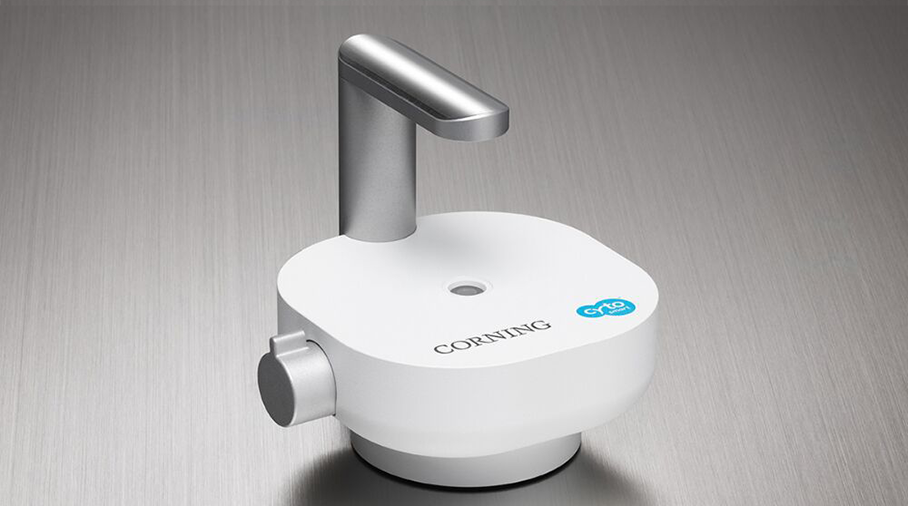
Corning® Cell Counter
Corning® Cell Counter:
automated cell & organoid counting in <15 sec.
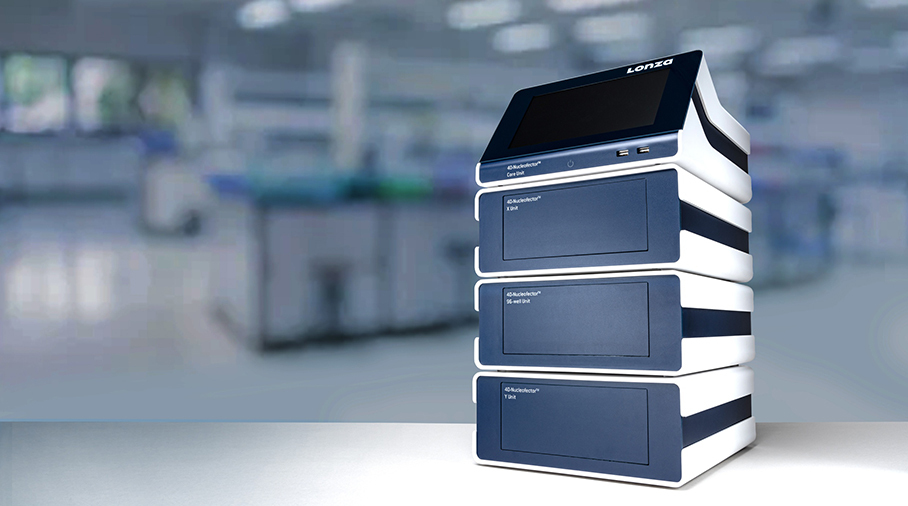
Nucleofector® Technology
Lonza Nucleofection®:
efficient transfection of hard-to-transfect cells
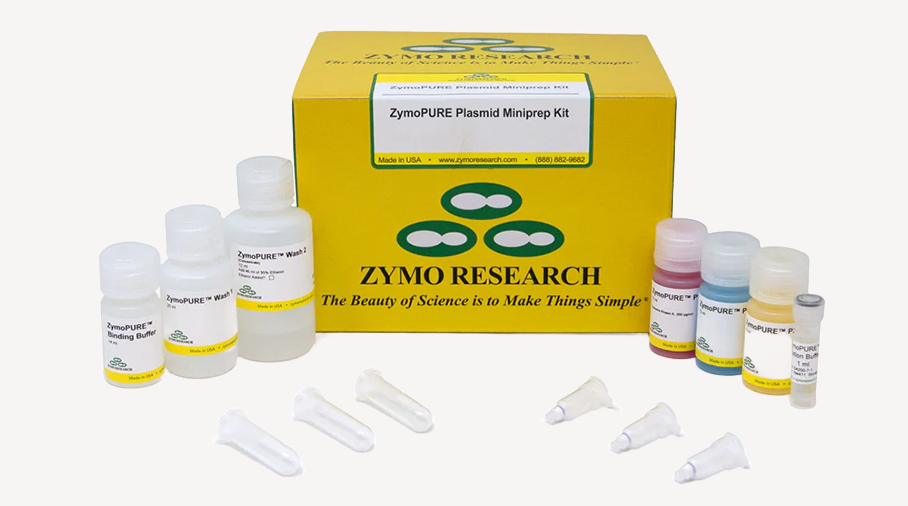
Plasmid Miniprep Kit
ZymoPURE™ spin column kit:
up to 100 µg endotoxin-free plasmid DNA in <15 min.
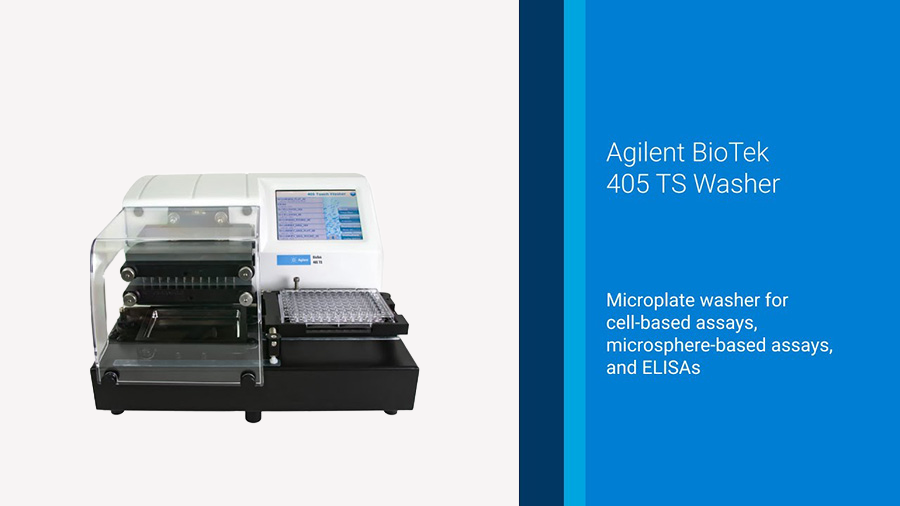
Agilent BioTek Washer
Agilent® 405 TS:
reliable microplate washing for ELISA
& cell-based assays
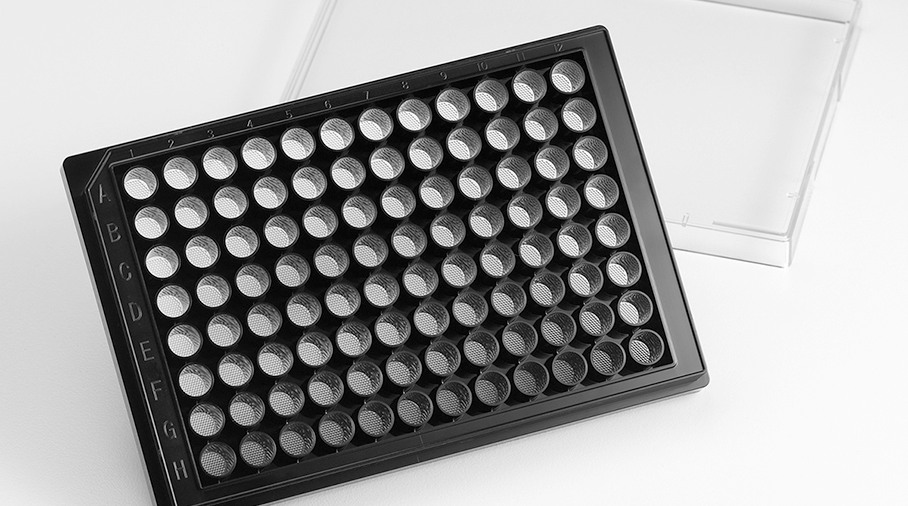
Corning® Elplasia® Plates
Corning® Elplasia®:
high-throughput spheroid formation
with uniform size

PODS® Protein Crystals
Cell Guidance Systems PODS®:
sustained release of bioactive proteins for long-term 3D culture

